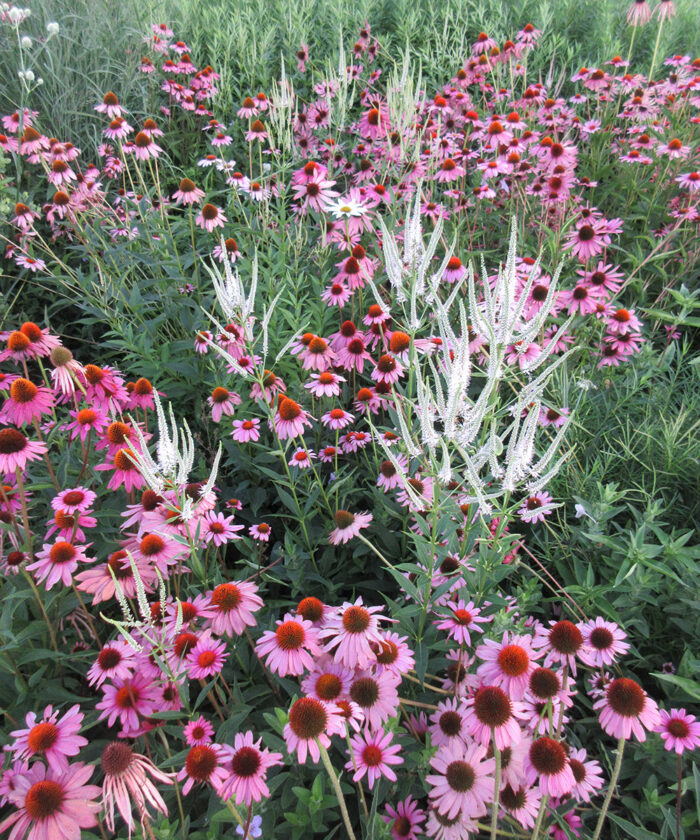
Native perennials are becoming more popular and more available to gardeners every year. They have the merits of being adaptable in our climate, and some need less maintenance because they don’t require the pampering of some nonnatives. Native plants are also beneficial for native wildlife, thereby promoting biodiversity. The National Audubon Society, which promotes bird conservation, states that “each patch of native habitat becomes part of a collective effort to nurture and sustain the living landscape for wildlife.” And lucky for us gardeners, many native perennials are exceptionally beautiful contributors to the landscape.
When evaluating the diverse assortment of native perennials that will be offered by our local garden centers, nurseries, online sources, and other vendors, look for tough, low-maintenance perennials that are durable, adaptable, and long-lived in the garden. One definition for the word “tough” is “Strong enough to withstand adverse conditions.” While there are very few plants that require no attention or care, there are certainly many native selections that fall under this definition of toughness. Here are some tough yet beautiful native perennials for Midwest gardeners.
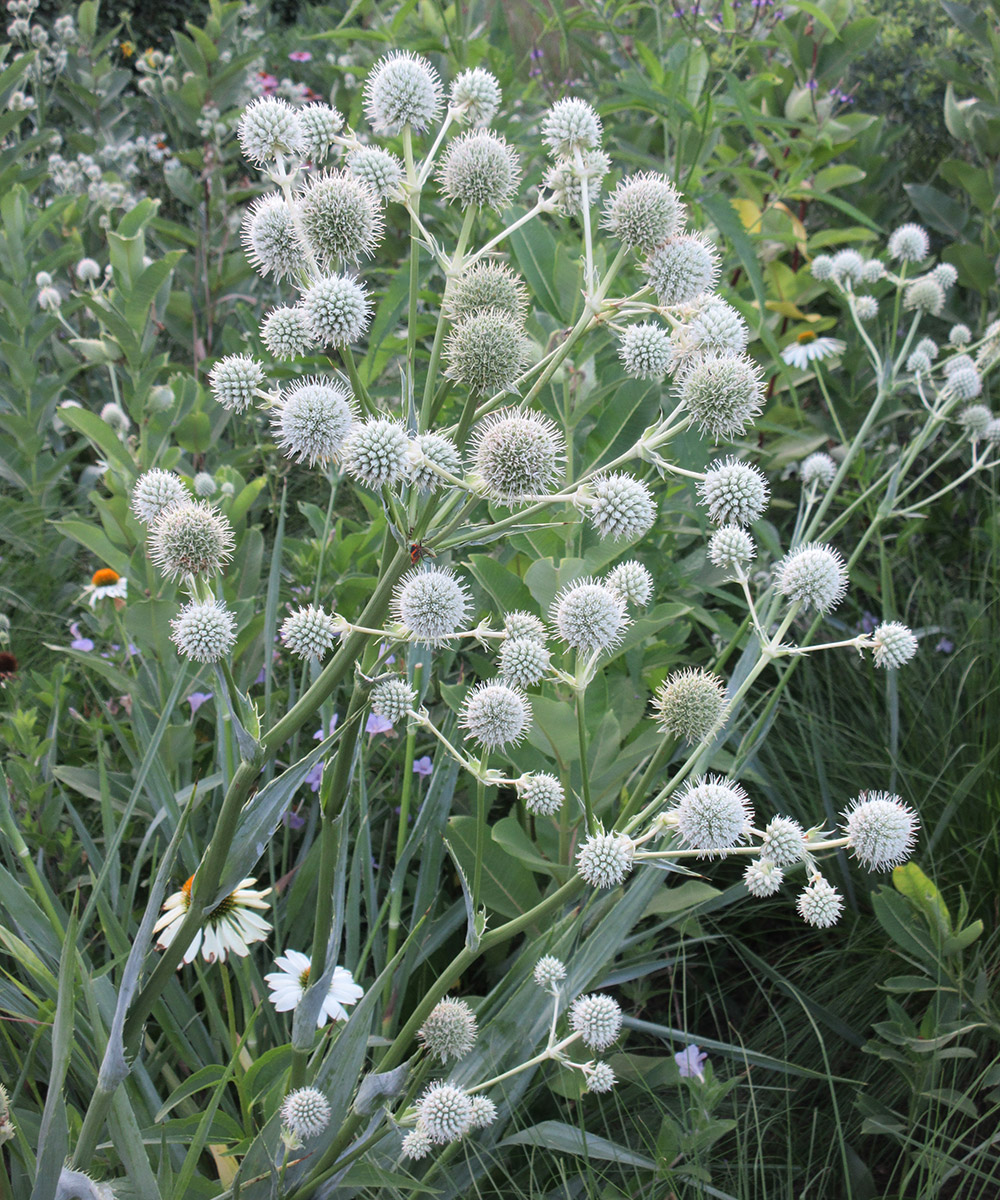
Rattlesnake master
Eryngium yuccifolium, Zones 3–8
This member of the carrot family features sword-shaped, blue-green, bristly foliage and strong stems that support white flower spheres in branched clusters. These prickly globe flowers transition from green to white and then age to brown. Tolerating a wide range of soil conditions, rattlesnake master can reach from 4 to 5 feet tall. It forms a taproot, so consider finding a permanent planting location, ideally near plants that can help support the flowering stalks. Plant it in full sun, and watch as many beneficial pollinators visit.
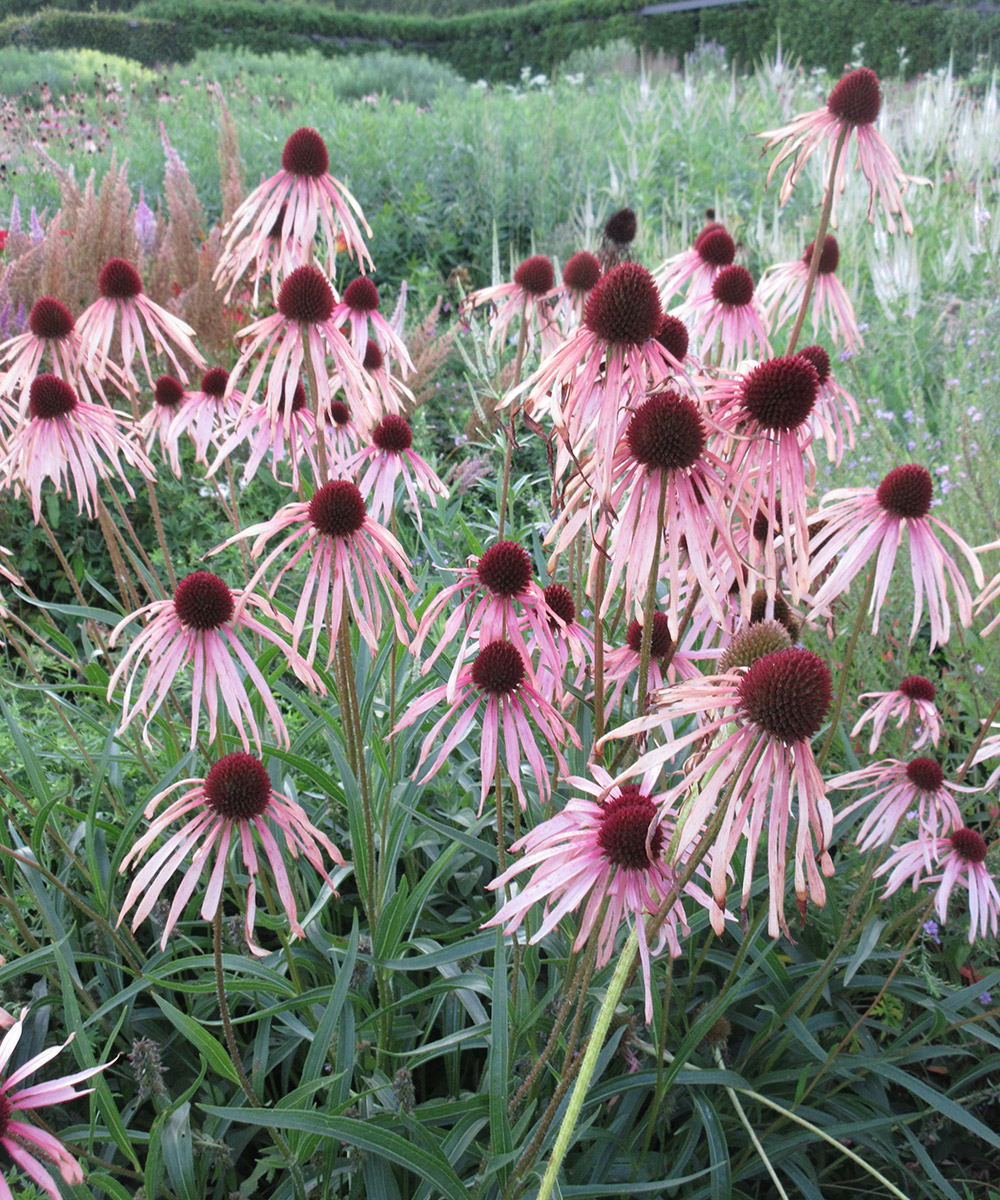
Pale purple coneflower
Echinacea pallida, Zones 3–8
This long-lived species of coneflower looks stunning in the garden. Three-foot-tall stems carry flowers with reddish central cones and drooping, pale, violet-pink petals. The shape of the flowers resembles badminton birdies. This species is drought, heat, and humidity tolerant and can be grown in clay soil. Relatively disease free, pale purple coneflower is also rarely nibbled by deer. Avoid overwatering it, as it can become tall and floppy; it does better in dry, lean soil. Full sun is ideal for the best flowering, although some shade is acceptable. Consider using this selection in groupings or spotted throughout the landscape among other perennial neighbors.
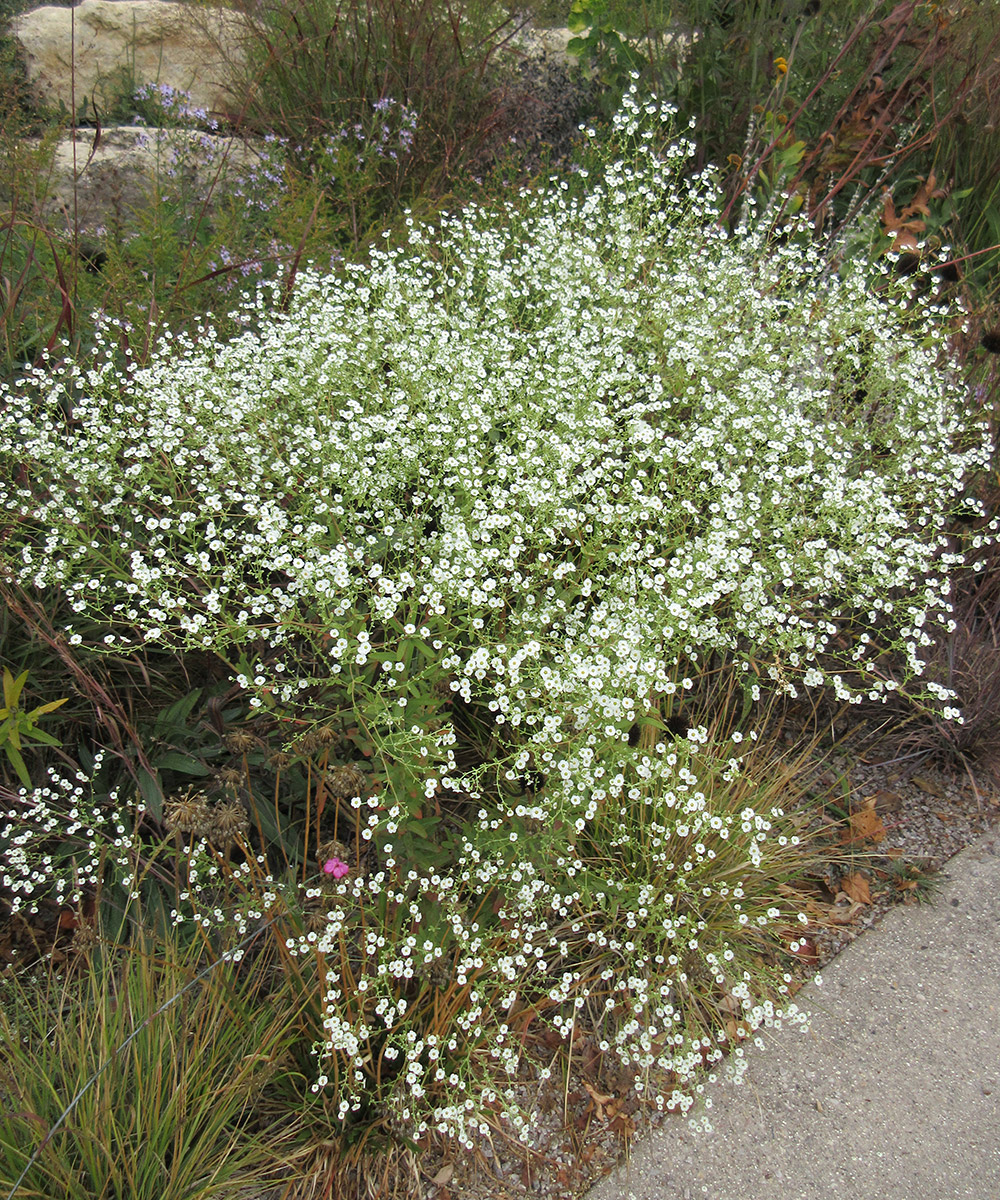
Flowering spurge
Euphorbia corollata, Zones 4–7
This plant was new to me until a few years ago, when I saw patches from a distance and appreciated the significant and showy flowers that look like baby’s breath (Gypsophila paniculata, Zones 3–9). Flowering spurge is very adaptable and does well in lean, well-drained soil. It grows up to 3 feet tall in full to partial sun. This rugged species prefers to have a bit of space, so give it some room and suitable air circulation. Billowing clusters of white flowers steal the show from early summer until autumn. The wispy blooms are quite striking in masses or grown from a single specimen plant. This plant is poisonous to consume, and the sap can create eye and skin irritations, so be careful when handling it.
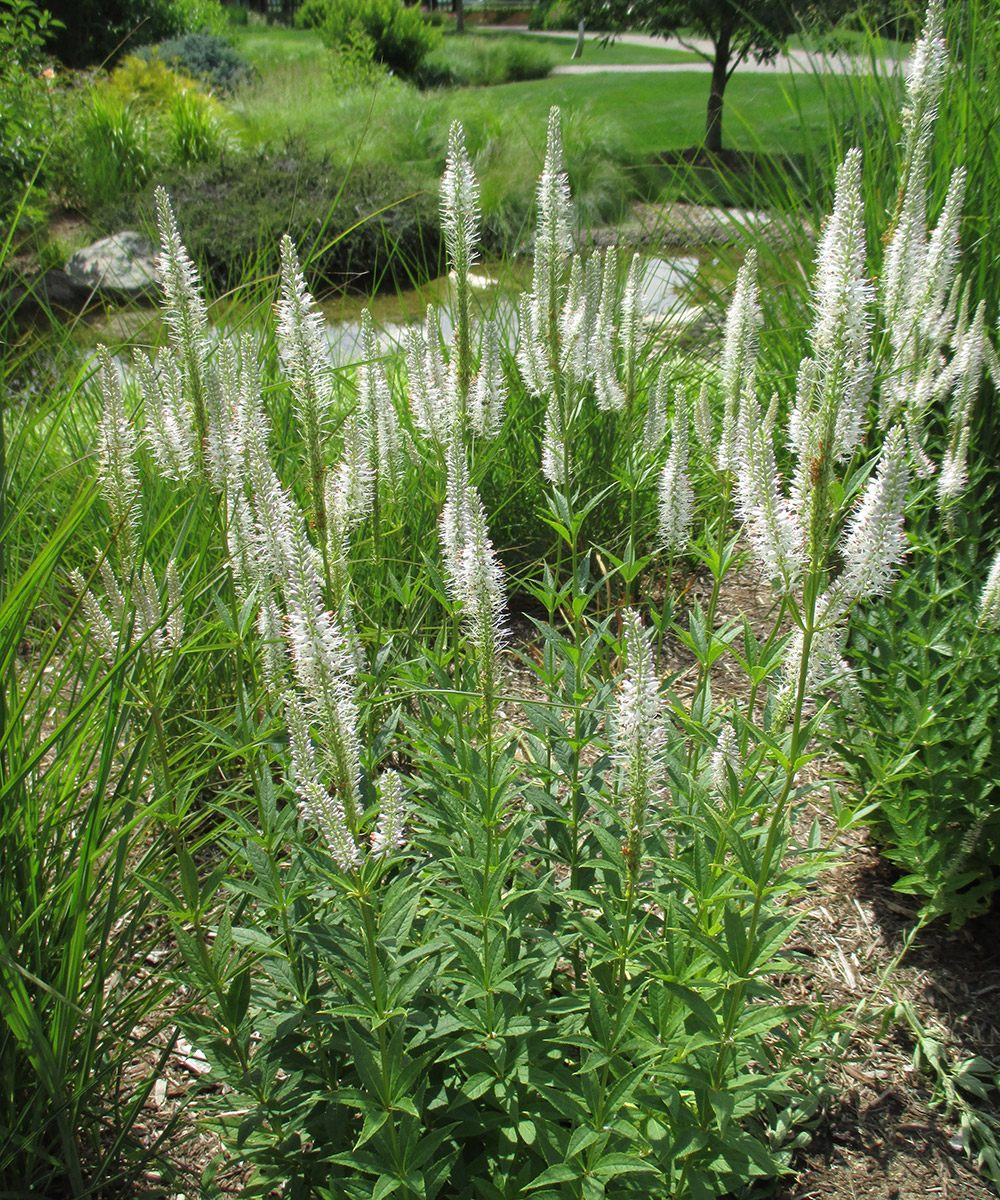
Culver’s root
Veronicastrum virginicum, Zones 3–8
For a vertical contribution of narrow, spikelike blooms in midsummer, native Culver’s root is architecturally impressive. Flower colors come in white, light blue, and light pink, and the flower form looks like a candelabra. This statuesque perennial is tough once established but not overly drought tolerant. Full sun is ideal, as this species, while tolerant of partial shade, can get floppy if there isn’t enough sunlight. Keep in mind that Culver’s root can grow 4 to 6 feet tall. The whorled leaves are also beautiful and part of the reason this perennial has become popular in naturalistic plantings and rain gardens.
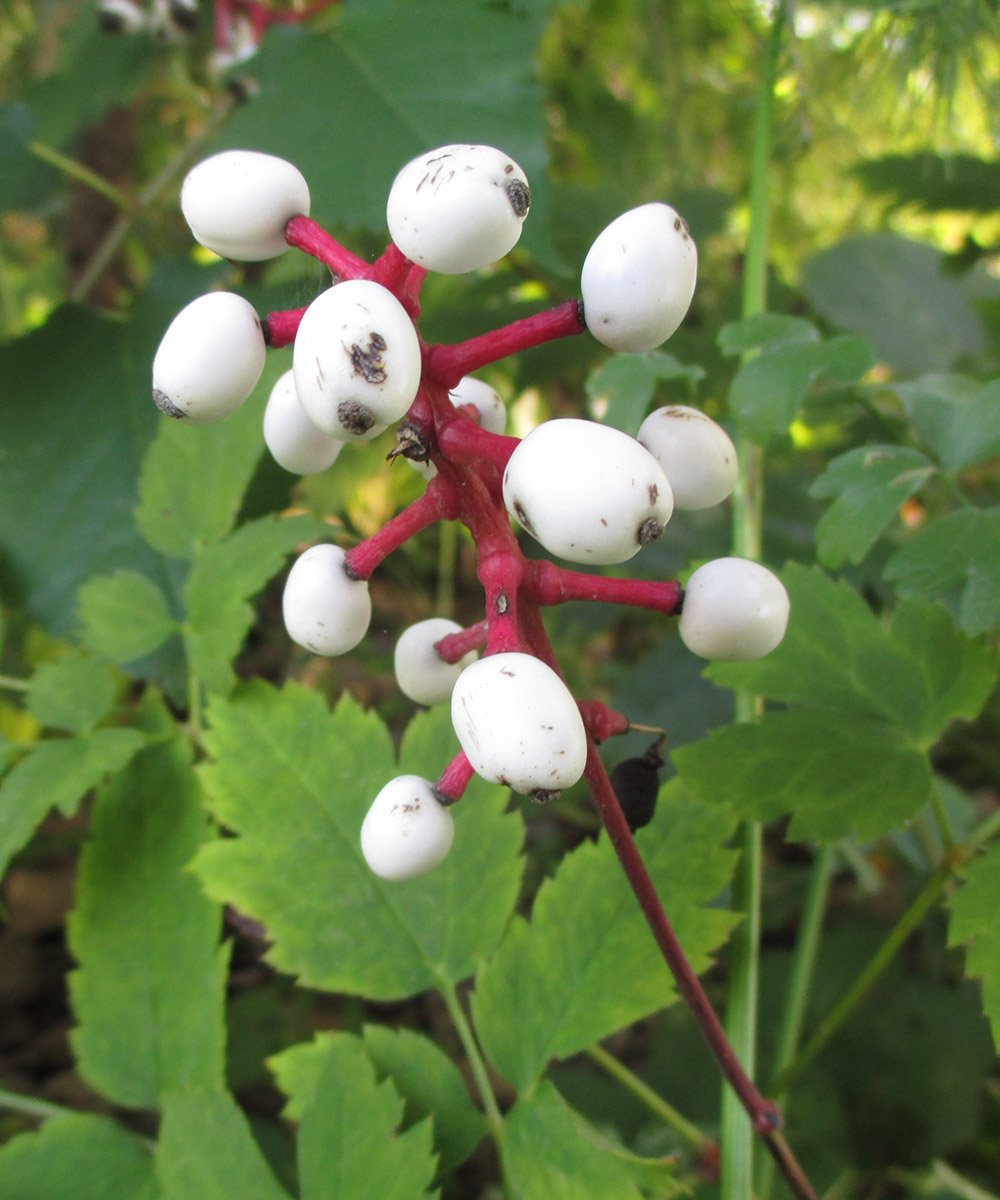
White baneberry
Actaea pachypoda, Zones 3–8
White baneberry has a wide native range and is found throughout moist, well-drained soils in woodland areas. It features fragrant white blooms in spring and astilbe-like foliage, although its primary ornamental feature is its cluster of pea-size white fruits that form in late summer and extend interest well into autumn. Each white berry has a small purple spot, which gives the plant its other common name of “doll’s eyes.” Ample moisture is imperative and certainly affects longevity. White baneberry grows 30 inches tall and takes full to partial shade. Red baneberry (Actaea rubra, Zones 4–8) is worth considering as well; it features glossy red berries. The berries on both of these native species are extremely poisonous, so be sure to keep that in mind when planting and handling.
Mark Dwyer, former director of horticulture at Rotary Botanical Gardens in Janesville, Wisconsin, operates Landscape Prescriptions by MD.



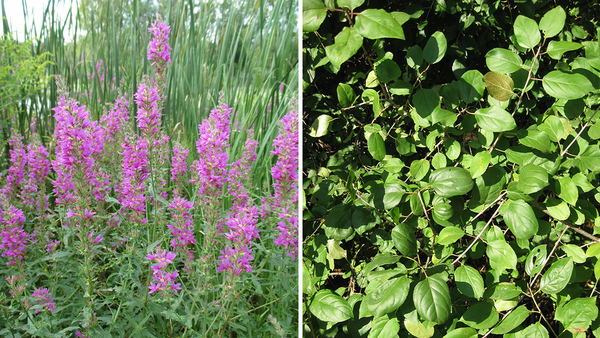
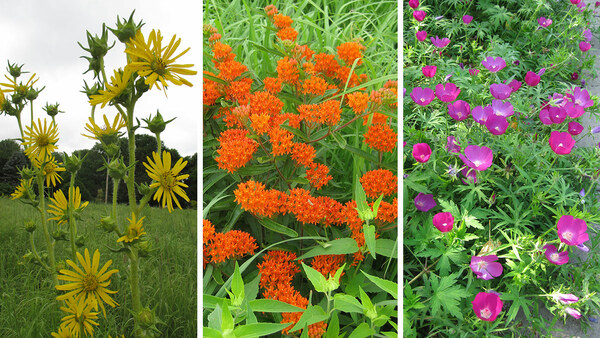













Comments
Log in or create an account to post a comment.
Sign up Log in